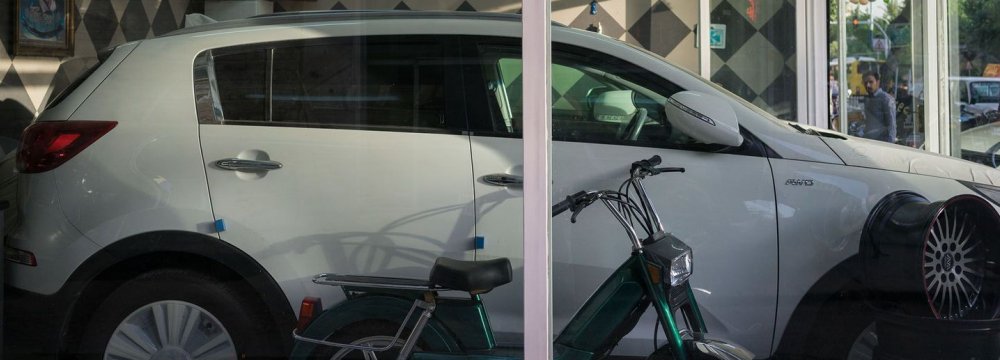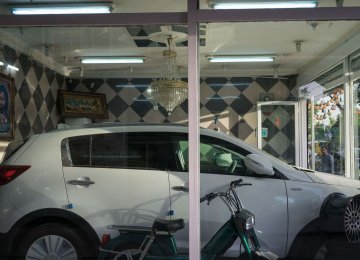Iran Customs Administration (IRICA) has released the latest statistics on auto imports. According to the authority the sector observed a 62% year-on-year (y/y) increase during the first nine months of the current Iranian calendar year that ends in March.
Financial Tribune’s sister newspaper, Donya-e Eghtesad, released the latest statistics which indicate that during the nine-month period, 49,331 units have been imported with the total value of $1.3 billion.
The report also states that 89% of the cars were imported from United Arab Emirates, China, South Korea, Germany, Turkey and Spain.
The UAE being a regional hub of new cars had the biggest share of imports.
IRICA in its report estimates that imported vehicles have a 5% share in the Islamic Republic’s auto market.
The report also states that the two South Korean companies Kia and Hyundai continue to claim the largest share of Iran’s import market, while Japan’s Toyota has been outpaced by France’s Renault over the period.
Accordingly, Kia and Hyundai’s shares in Iran’s imported goods basket have shrunk.
New Regulations
Since President Hassan Rouhani took office in 2013, his administration has been pushing to create an officially imported car market, a move which has been perceived as a departure from previous practices.
In the past, several car brands were sold by the same dealership, often with no warranty offered to buyers, leaving the purchasers of expensive foreign brands in limbo.
In December, the government sent a directive to the Ministry of Industries to the effect that import of cars by companies that do not have formal representation from the parent company or lack after-sales service centers will not be allowed.
At the beginning of 2017, the ministry halted registering orders for foreign car imports for 24 hours. The following day new car listings were added to the ministry’s special website http://sabtaresh.tpo.ir/.
In another twist to the story, the ministry then barred independent auto traders from importing a few days into the new year.
Independent importers are individuals or companies who do not have the official representation of the parent firm abroad.
Head of Iran’s Automobile Importers Association, Farhad Ehteshamzad, said: “Barring independent auto imports would create a monopoly of official representations.”
He added, “Independent traders previously had a 51% share of the imported auto market.”
Previously independent traders were charged 3% of the value of the car as CIF (Cost, Insurance, and Freight) by the official representative of the company from where they purchased their goods.
The CIF value is the price paid for the goods plus the cost of transportation, loading, unloading, handling, insurance, and associated costs incidental to the delivery of the goods.
Market observers speculate that in the upcoming days the ministry will issue new regulations in this regard, possibly raising the CIF tariff.
The impact of the ban on imports is not yet being reflected in the final price of cars.
However, the ultimate shrinking of players in the car import sector could create a spike in prices over the next few months.






Add new comment
Read our comment policy before posting your viewpoints